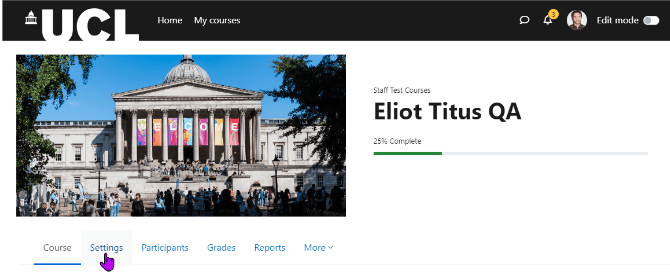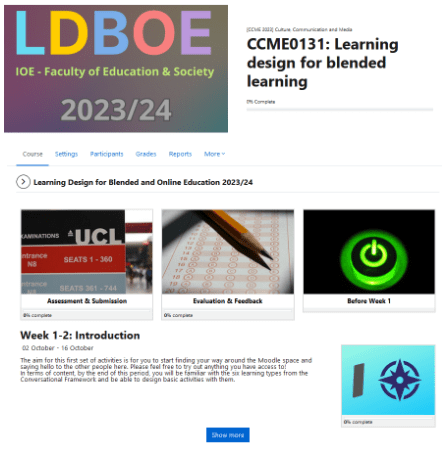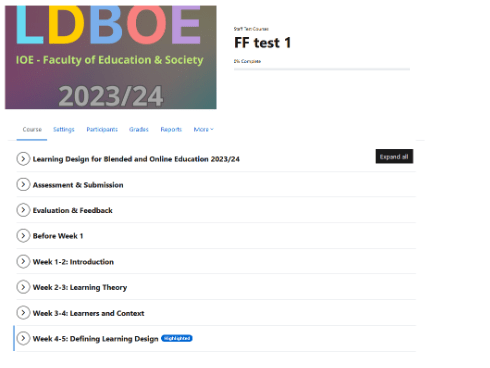Anthology Ally’s AI Alternative Text Assistant has been enabled on UCL Moodle
By Kerry, on 29 October 2025
To support academic and course administration staff with creating accessible content on Moodle, Ally’s AI Alt Text Assistant has been enabled on UCL Moodle. An ‘Auto-generate description’ option is now available in the Instructor Feedback panel for ‘Images without a description’, providing a suggestion of a possible alternative description. Instructors will remain in control to review these.
The Digital Accessibility Team recently completed testing on the tool and were impressed. They think that this AI assistant will be beneficial for staff wishing to improve the accessibility of their Moodle courses as it provides a head start on writing image descriptions and will save time as well as improving the overall student experience.
The tool uses the latest Claude Sonnet 3.5 model from AWS Bedrock to tackle more complex images—including STEM diagrams, charts, graphs, images with embedded text, even handwritten notes.
You can review, tweak, or rewrite the suggestions as needed and nothing gets saved or made available to students until you say so. Anthology advise that this is central to their “human-first approach to AI: making sure the content stays accurate and useful.”
In addition, as part of Anthology’s Trustworthy AI Approach, this feature and underlying service work to maintain user trust and ensure data privacy by not utilizing any data or information for training or regenerating models.
For more details on how to use the tool, please see Anthology’s guidance on adding image descriptions.
Anthology have released several other new Ally features for staff and students and once we have reviewed these and tested them with digital accessibility champions from different subject areas, we will share more information.
 Close
Close













